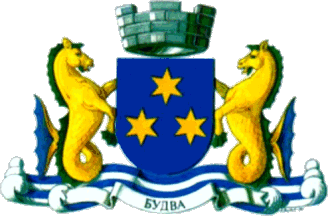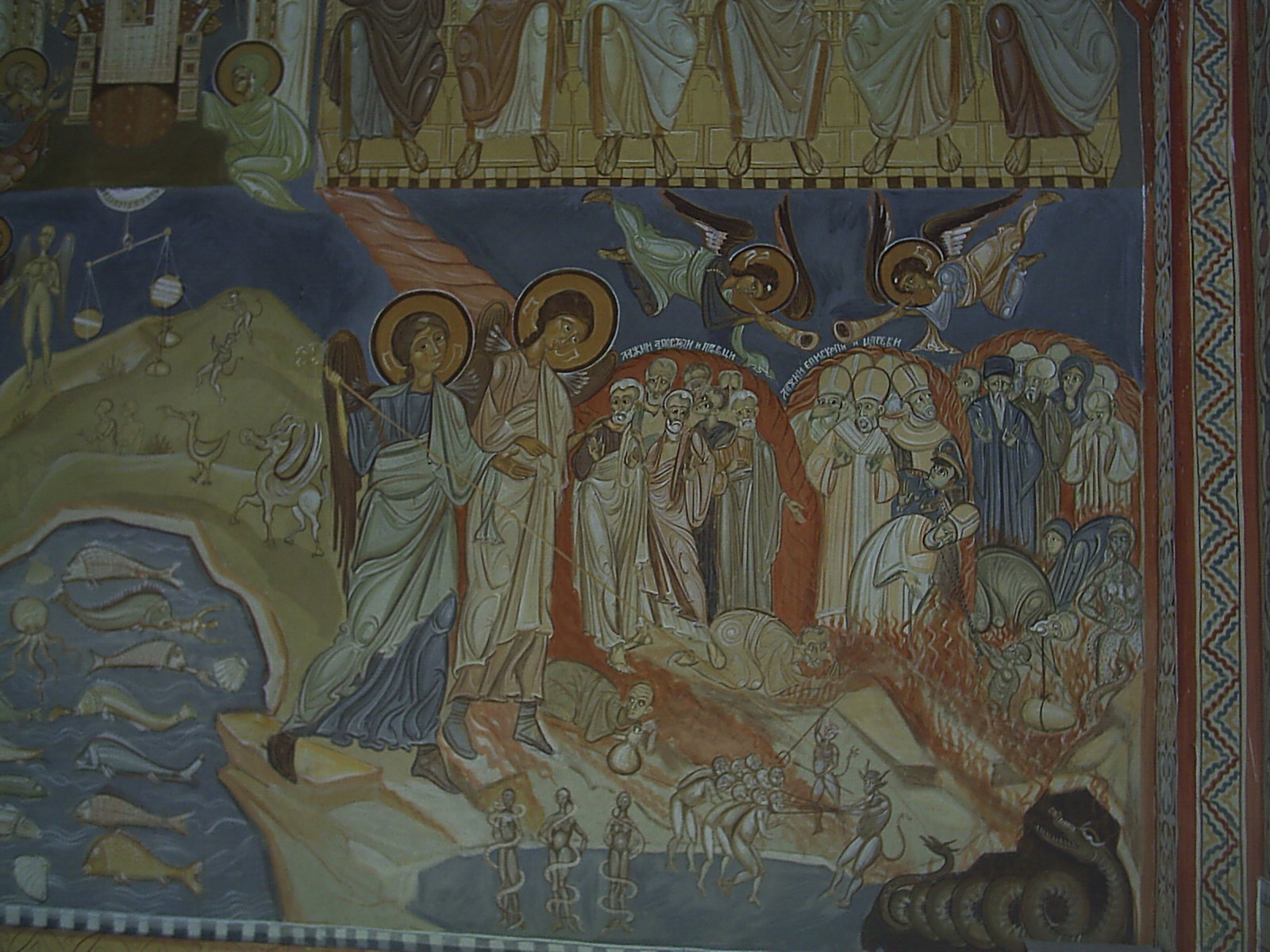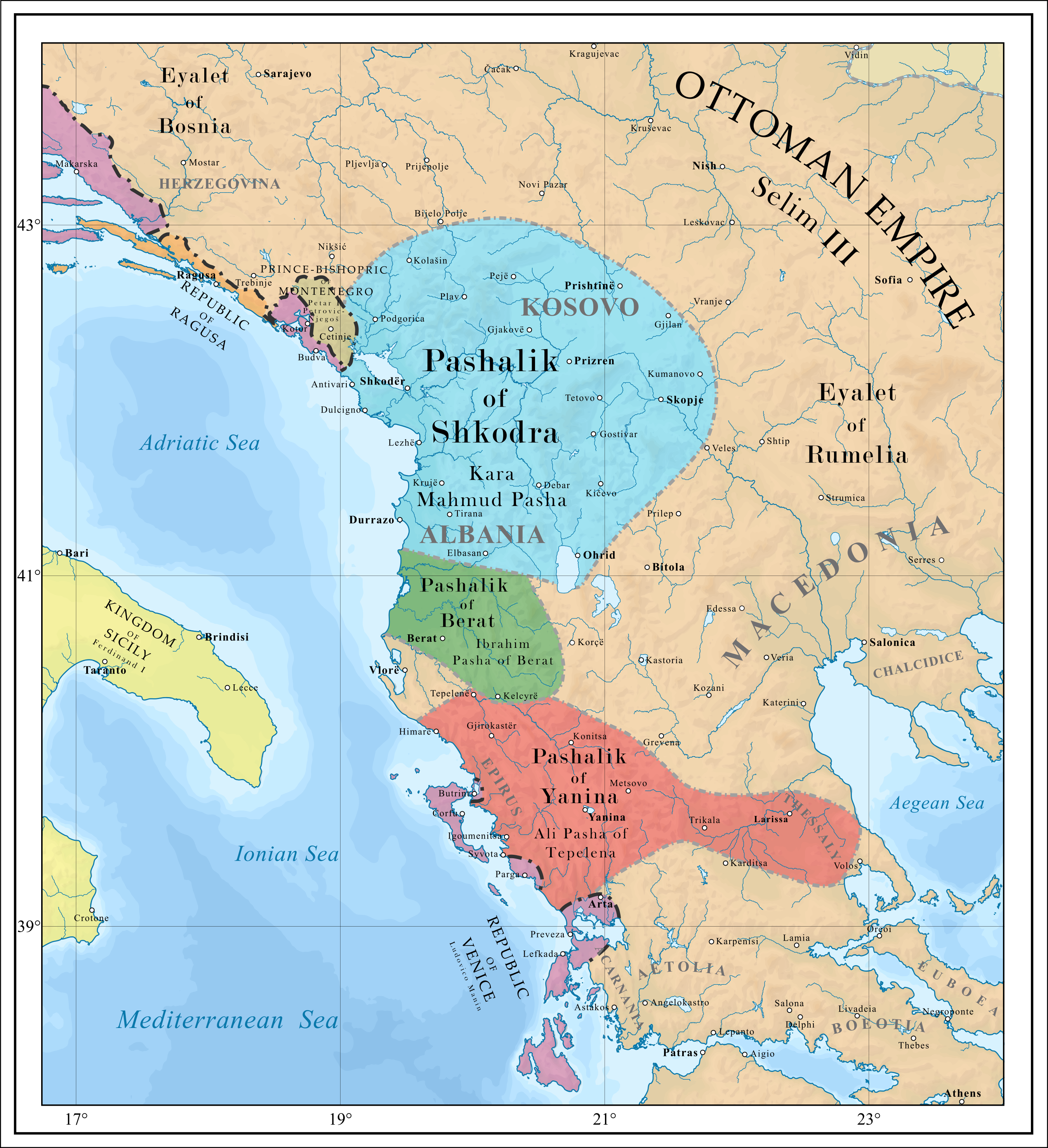|
Reževići Monastery
The Reževići Monastery ( sr, Манастир Режевићи, Manastir Reževići) is a medieval Serbian Orthodox monastery located in Katun Reževići village between Budva and Petrovac in modern-day Montenegro. The monastery has two churches. According to a local legend, the 'Church of the Dormition of the Mother of God' was built in the 1220s by King Stefan Nemanjić (Stefan the First-Crowned), the first king of Serbia while the 'Church of the Archdeacon Stefan' was built by Emperor Stephen Uroš IV Dušan of Serbia in 1351. Etymology The name of the monastery is derived from the name of the clan Reževići, one of clans of the Paštrovići tribe. Legends According to local legends, there was a column in front of a guesthouse on the road between Budva and Petrovac in the Kingdom of Serbia in which a wine vessel full of wine was kept for thirsty passersby. One legend says that Raymond IV, Count of Toulouse drank from this vessel during the First Crusade. According t ... [...More Info...] [...Related Items...] OR: [Wikipedia] [Google] [Baidu] |
List Of Serbian Orthodox Monasteries
This is a list of Serbian Orthodox Christian monasteries in Serbia and near areas (Montenegro, Bosnia and Herzegovina, Croatia, North Macedonia, and Kosovo), also Romania, Hungary, Greece, Germany, United States of America, Canada, and Australia. Stauropegions There are two stauropegion monasteries in the Serbian Orthodox Church, that are directly subordinated to the Serbian patriarch: Archeparchy of Belgrade and Karlovci Source Eparchy of Srem Source Eparchy of Banat Source Eparchy of Bačka Eparchy of Šabac Source Eparchy of Valjevo Source Eparchy of Šumadija Source Eparchy of Vranje Source Eparchy of Timok Source Eparchy of Kruševac Source Eparchy of Žiča Source Eparchy of Niš Source: https://eparhijaniska.rs/manastiri Eparchy of Braničevo Eparchy of Mileševa Source In Serbia In Montenegro Eparchy of Raška and Prizren, Eparchy of Ras and Prizren Source In Central Serbia In Kosovo Metropolitan ... [...More Info...] [...Related Items...] OR: [Wikipedia] [Google] [Baidu] |
List Of Serbian Monasteries
This is a list of Serbian Orthodox Church, Serbian Orthodox Christian Monastery, monasteries in Serbia and near areas (Montenegro, Bosnia and Herzegovina, Croatia, North Macedonia, and Kosovo), also Romania, Hungary, Greece, Germany, United States, United States of America, Canada, and Australia. Stauropegions There are two stauropegion monasteries in the Serbian Orthodox Church, that are directly subordinated to the Serbian patriarch: Archeparchy of Belgrade and Karlovci Source Eparchy of Srem Source Eparchy of Banat Source Eparchy of Bačka Eparchy of Šabac Source Eparchy of Valjevo Source Eparchy of Šumadija Source Eparchy of Vranje Source Eparchy of Timok Source Eparchy of Kruševac Source Eparchy of Žiča Source Eparchy of Niš Source: https://eparhijaniska.rs/manastiri Eparchy of Braničevo Eparchy of Mileševa Source In Serbia In Montenegro Eparchy of Raška and Prizren, Eparchy of Ras and Prizren Source ... [...More Info...] [...Related Items...] OR: [Wikipedia] [Google] [Baidu] |
Budva
Budva ( cnr, Будва, or ) is a Montenegrin town on the Adriatic Sea. It has 19,218 inhabitants, and it is the centre of Budva Municipality. The coastal area around Budva, called the Budva riviera, is the center of Montenegrin tourism, known for its well-preserved medieval walled city, sandy beaches and diverse nightlife. Budva is 2,500 years old, which makes it one of the oldest settlements on the Adriatic coast. Etymology In Montenegrin the town is known as Будва or ''Budva''; in Italian and Latin as ''Budua''; in Albanian as ''Budua'' and in ancient Greek as Bouthoe (Βουθόη). According to Ernst Eichler and others, Budva, Butua and Βουθόη (Bouthóē) is ultimately derived from Proto-Albanian ''*bukta-. ( Modern Albanian butë.)'' (meaning "soft, mild") The etymology may refer to the climate of the place. History Extensive archaeological evidence places Budva among the oldest urban settlements of the Adriatic coast. Substantial documentary ev ... [...More Info...] [...Related Items...] OR: [Wikipedia] [Google] [Baidu] |
Saint Stephen
Stephen ( grc-gre, Στέφανος ''Stéphanos'', meaning "wreath, crown" and by extension "reward, honor, renown, fame", often given as a title rather than as a name; c. 5 – c. 34 AD) is traditionally venerated as the protomartyr or first martyr of Christianity."St. Stephen the Deacon" , St. Stephen Diaconal Community Association, Roman Catholic Diocese of Rochester. According to the Acts of the Apostles, he was a in the early Church at who angered members of various [...More Info...] [...Related Items...] OR: [Wikipedia] [Google] [Baidu] |
Podmaine Monastery
The Podmaine Monastery ( sr, Манастир Подмаине, Manastir Podmaine) is a Serbian Orthodox monastery built in the 15th century by the Crnojević noble family in Podmaine near Budva, Zeta (modern day Montenegro). The monastery has two churches, smaller and older church of Presentation of the Mother of God was built by Crnojević noble family in the 15th century while bigger church (of Dormition of the Mother of God) was built in 1747. Etymology The name Podmaine (Pod-Maine) means "beneath Maine". Maine was a small tribe with territory below Lovćen, between Stanjevići Monastery and Budva. The monastery was the gathering place of the tribe, who traditionally held meetings on the feast day of St. George. History The exact year of establishment of the monastery is unknown. The church of Dormition of the Mother of God was built in the 15th century and reconstructed in 1630 while its larger church (Church of St. Petka) was built in 1747. Metropolitan Danilo I P ... [...More Info...] [...Related Items...] OR: [Wikipedia] [Google] [Baidu] |
Cetinje Monastery
The Cetinje Monastery ( sr, Цетињски манастир, Cetinjski manastir) is a monastery of the Serbian Orthodox Church in Montenegro. It is located in Cetinje and is the seat of the Metropolitanate of Montenegro. A center of historical and cultural importance, it was founded c. 1484 by Prince Ivan Crnojević of Zeta, and designated as the cathedral monastery of the Eparchy of Zeta. It was devastated in 1692, during the Morean War, and rebuilt between 1701 and 1704 by Metropolitan Danilo Petrović-Njegoš on the site of the former court of Ivan Crnojević. There are several relics in the monastery: remains of St. Peter of Cetinje, right hand of John the Baptist, particles of the True Cross, icon of the Philermos Mother of God, remains of Petar II Petrović-Njegoš (relocated), royal crown of Serbian king Stephen Uroš III Dečanski, among others. History The medieval Cetinje Monastery, also known as the Old Cetinje Monastery, was built by Ivan Crnojević in 1484, a ... [...More Info...] [...Related Items...] OR: [Wikipedia] [Google] [Baidu] |
Piva Monastery
The Piva Monastery ( sr, Манастир Пивски, Manastir Pivski), also known as the Church of Sv. Bogorodica or the Church of the Assumption of the Holy Mother of God, is located in Piva, Montenegro near the source of the Piva River in northern Montenegro. Built between 1573 and 1586, it was rebuilt in another location in 1982. It is the largest Serbian Orthodox church constructed during the Ottoman occupation in the 16th and 17th centuries. Noted for its frescoes, the monastery's treasures also include ritual objects, rare liturgical books, art, objects of precious metals and a psalm from the Crnojevići printing press (1493–96), which was the first in the Balkans. These are displayed in the monastery's museum. History Founded in 1573, or 1575, and completed in 1586 through the expenditures of the Metropolitan bishop of Zahumlje and Herzegovina Savatije Sokolović, who later became the Serbian Orthodox patriarch, the monastery is dedicated to the Dormition of the T ... [...More Info...] [...Related Items...] OR: [Wikipedia] [Google] [Baidu] |
Morača (monastery)
The Morača Monastery ( sr, Манастир Морача, Manastir Morača) is a Serbian Orthodox Church, Serbian Orthodox List of Serbian monasteries, monastery located in the valley of the Morača River in Kolašin, central Montenegro. It was founded in 1252 by Stefan Vukanović Nemanjić, Stefan Vukanović, of the Serbian Nemanjić dynasty. It is one of the best known medieval monuments of Montenegro. History The founding history is engraved above the western portal. Stefan Vukanović Nemanjić, Stefan, a son of the Grand Principality of Serbia, Grand Prince of Zeta Vukan Nemanjić (r. 1190-1207), founded the monastery in 1252, possibly on his own lands (appanage). The region was under the rule of the Nemanjić dynasty and the founder himself was grandson of Stefan Nemanja, father of the Serbian statehood. The monastery was burned by the Ottomans for the first time in 1505, during a turbulent period of insurgency in Montenegro. The monks took shelter in Vasojevići. It was aba ... [...More Info...] [...Related Items...] OR: [Wikipedia] [Google] [Baidu] |
Stanjevići Monastery
The Stanjevići Monastery ( sr, Манастир Стањевићи, Manastir Stanjevići) is located north of the town of Budva, Montenegro. Founded by Nikola Stanjević, the monastery is remembered as the Prince-Bishopric of Montenegro and the place where the ''praviteljstvo suda'' (judicial administration) and ''zakonik'' (legal code) for Montenegro and the Brda was promulgated and enacted in 1798 by 50 members of the council and Vladika Petar I Petrović-Njegoš. It is also considered the cultural centre of the Paštrovići. See also * List of Serbian monasteries This is a list of Serbian Orthodox Church, Serbian Orthodox Christian Monastery, monasteries in Serbia and near areas (Montenegro, Bosnia and Herzegovina, Croatia, North Macedonia, and Kosovo), also Romania, Hungary, Greece, Germany, United State ... References Eastern Orthodox monasteries in Montenegro Budva {{Christian-monastery-stub ... [...More Info...] [...Related Items...] OR: [Wikipedia] [Google] [Baidu] |
Petrovac Na Moru
Petrovac ( cnr, Петровац, ) is a coastal town in Montenegro, within Budva Municipality. Petrovac is located on the coast between Budva and Bar, where the old mountain road from Podgorica reaches the coast. It has a 600 m long sandy beach and it is a popular tourist destination. Petrovac is seen as a somewhat "calmer" resort, in contrast to the lively and developed nearby towns of Budva and Sutomore. Population The 2011 census found the town's population to be 1,398. The ethnicity of residents was: :Montenegrins - 615 (43,99%) :Serbs - 545 (38,98%) :Croats - 12 (0,86%) :Others - 226 History The history of Petrovac began in Roman times, when a couple of villas were built at Krš Medinski: a 4th-century mosaic floor, remains of a villa and baths have been found behind St Ilija's church. Later, there was a Slav village. The village was first mentioned in the Chronicle of the Priest of Duklja. At the northern end of the bay is a 16th-century Venetian fortress, Kastel Lastva ... [...More Info...] [...Related Items...] OR: [Wikipedia] [Google] [Baidu] |
Mahmud Pasha Bushatli
Kara Mahmud Pasha ( tr, Kara Mahmud Paşa, Albanian: Mahmud Pashë Bushati, 1749–22 September 1796) was a hereditary Ottoman Albanian governor (''mutasarrıf'') of the Pashalik of Scutari and de jure ruler of Albania, belonging to the Ottoman Albanian Bushati family. Life Mahmud was the son of Mehmed Pasha Bushati, the governor of the pashalik of Scutari. When Mehmed Pasha died in June 1775, the Sultan's rule was not returned to northern Albania; he was succeeded by his young son, Mahmud Pasha. Other important families were the Rotul dynasty, which ruled Prizren from the 1770s to 1836, and the Gjinolli family whose members ruled Prishtina and Gjilan (Srb.: Gnjil-ane), becoming so powerful in the early nineteenth century that they were called the 'second rulers' of Kosovo after the Sultan. In the late eighteenth century, however, there was just one local dynasty that could rival - and did in fact openly challenge - the Sultan: the Bushati or Bushatli family of Shkodra. 'Ol ... [...More Info...] [...Related Items...] OR: [Wikipedia] [Google] [Baidu] |







